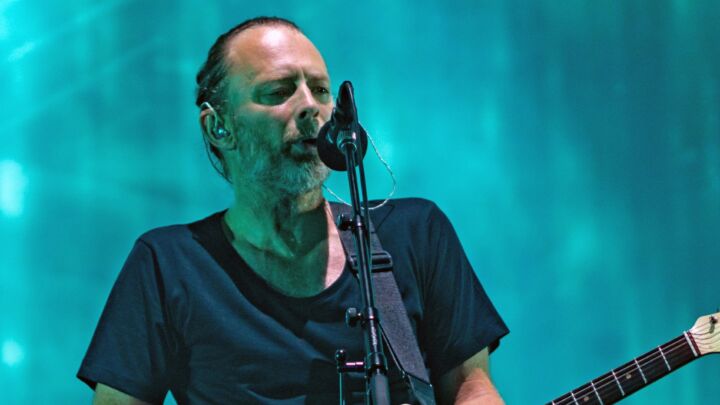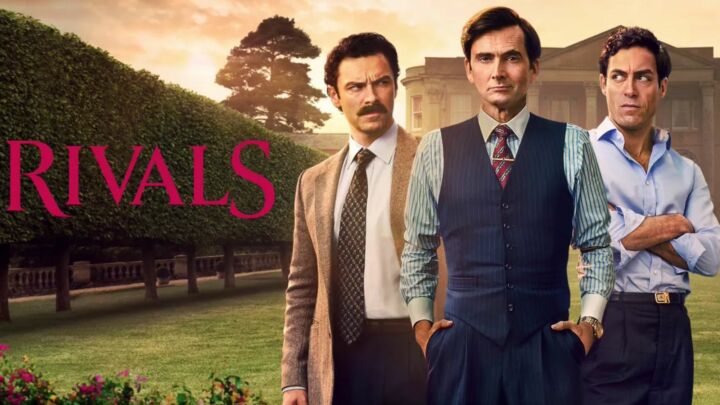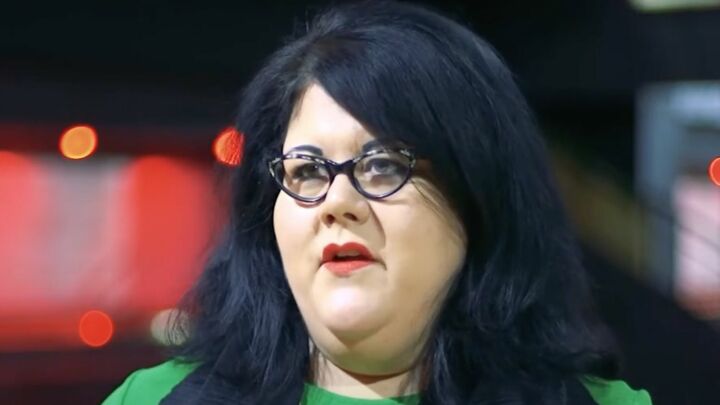Harry and Meghan’s relentless pursuit of victimhood
Their tale of a ‘near catastrophic’ car chase is starting to unravel.

Want to read spiked ad-free? Become a spiked supporter.
It is still too early to say for sure, but the story of Prince Harry and Meghan Markle’s ‘near catastrophic’ car chase doesn’t quite add up. The Duke and Duchess of Sussex claim that, on Tuesday night, they were subjected to a two-hour ‘relentless pursuit’ involving an ‘aggressive ring of paparazzi’, which ‘resulted in multiple near collisions’. A few days on, it now looks as if this could be much more like a fairground dodgem’s version of Jussie Smollett than the precursor obviously intended for our imagination, of 31 August 1997.
I mean, apart from anything else, it just doesn’t make sense, does it? How can a high-speed chase be initiated by the people doing the chasing? Anyone addicted to YouTube videos of police-dashcam footage from São Paulo, Juarez or Bogotá knows how it goes. The pursued take increasingly crazy risks to evade capture, scattering pedestrians, market stalls and trash cans as they go. The filth remain in dogged pursuit – until one of them misjudges a corner and goes arse over tit, and a wheel is left spinning plaintively in mid-air. To create the conditions for a high-speed chase, a necessary (if not sufficient) condition is the willingness of the pursued to go at ever higher speed in order not to be caught. It is they who elevate the stakes, implying they think evasion is worth the cost.
Now, I am not saying that this is what actually happened. I am only saying that in Harry and Meghan’s version of events, that surely must have happened, prior to the paparazzi being willing to play their part.
However, reading the various accounts that have been presented so far, I suspect the ‘near catastrophic’ nature of the incident was largely a figment of their collective, backseat imagination. Well, it beats playing I Spy, I suppose.
‘I don’t think I would call it a chase. I never felt like I was in danger. It wasn’t like a car chase in a movie’, said one of the Sussexes’ drivers, Sukhcharn Singh. ‘The Duke and Duchess of Sussex arrived at their destination and there were no reported collisions, summonses, injuries or arrests in regard’, said an underwhelmed NYPD spokesperson.
That H and M habitually exaggerate examples of the cruelty to which they have been exposed is by now so well established as to be banal. A recent South Park episode satirising the Sussexes was perhaps the most vicious exposition of the pair in popular culture. It features a talent agency which explains to its famous clients that victimhood is the sine qua non of any personal brand worth promoting nowadays.
This is palpably true – we see it every day. But still, I think it’s worth asking, why? Why, with such privilege of the traditional kind – wealth, good looks and an incredible network of powerful and sympathetic pals – can H and M not switch to a more conventional mode in which to enjoy life? Why, when she was born so entirely with the good fortune of Monday’s and Tuesday’s, must Meghan appropriate the endless woe of Wednesday’s child?
René Girard’s theory of ‘mimetic desire’ might offer a way in. The theory is broadly that, very early on, we all learn that the safest way to organise our drives is to want what everyone else wants. But this inevitably creates conflict. Traditionally, we managed these conflicts by creating and attacking scapegoats.
All this changed, says Girard, with the arrival of Christianity, because Christianity deified the scapegoat. We elevated the lowest and the meekest to the highest exultation. But that is over now, too. Girard agrees with Nietzsche on this at least – God is dead, we have killed him. But we had not got the successor ideology into place before we stuck the knife.
Now the role of the deified scapegoat, of martyr, is once again free, up for grabs. Slowly, cautiously, over the past century, one or two tried it on for size. Gandhi. Pope John Paul II. Mandela. And one or two outright frauds. But it was not a glamorous role. People in showbiz still wanted to be seen as rock gods, sex gods, stars. No one wanted to fuck Gandhi.
Not anymore. At some point, the audacious calculation was made that you really can adopt a humble begging-bowl persona and still wear couture and diamonds as big and as compromised as the Ritz. And as Girard would have guessed, had he been unfortunate enough to have lived into the present era, once a few examples had established this mode, mimetic desire would do the rest. Now everyone wants to be fabulous – and to be thought brave and embattled and wept for and pitied, too.
Why does it matter? Because without this victim status, this ridiculous ‘I will not be deterred, I will pursue my destiny, though a thousand cycling photographers wobble precariously in my wake’, the Sussexes would be nothing. It is all a house of cards. It is all flying buttress and no spire.
Meanwhile, we see abominations like Sam Smith’s latest tour show, which is what happens when you want people to simultaneously fancy you and pity you, too. Harry Styles has to wear a dress, because otherwise how could someone that handsome and blessed be ‘brave’? Adele losing weight, meanwhile, was actually deemed problematic. Whatever else it means, obesity means never having to say you’re sorry.
It is all so very tiresome. But we still have the option to speak the truth on this issue at least. It is not considered hate speech just yet to call these claims of victimhood out for the nonsense that they so clearly are.
Simon Evans is a spiked columnist and stand-up comedian.
Picture by: Getty.
Celebrate 25 years of spiked!
A media ecosystem dominated by a handful of billionaire owners, bad actors spreading disinformation online and the rich and powerful trying to stop us publishing stories. But we have you on our side. help to fund our journalism and those who choose All-access digital enjoy exclusive extras:
- Unlimited articles in our app and ad-free reading on all devices
- Exclusive newsletter and far fewer asks for support
- Full access to the Guardian Feast app
If you can, please support us on a monthly basis and make a big impact in support of open, independent journalism. Thank you.








Comments
Want to join the conversation?
Only spiked supporters and patrons, who donate regularly to us, can comment on our articles.